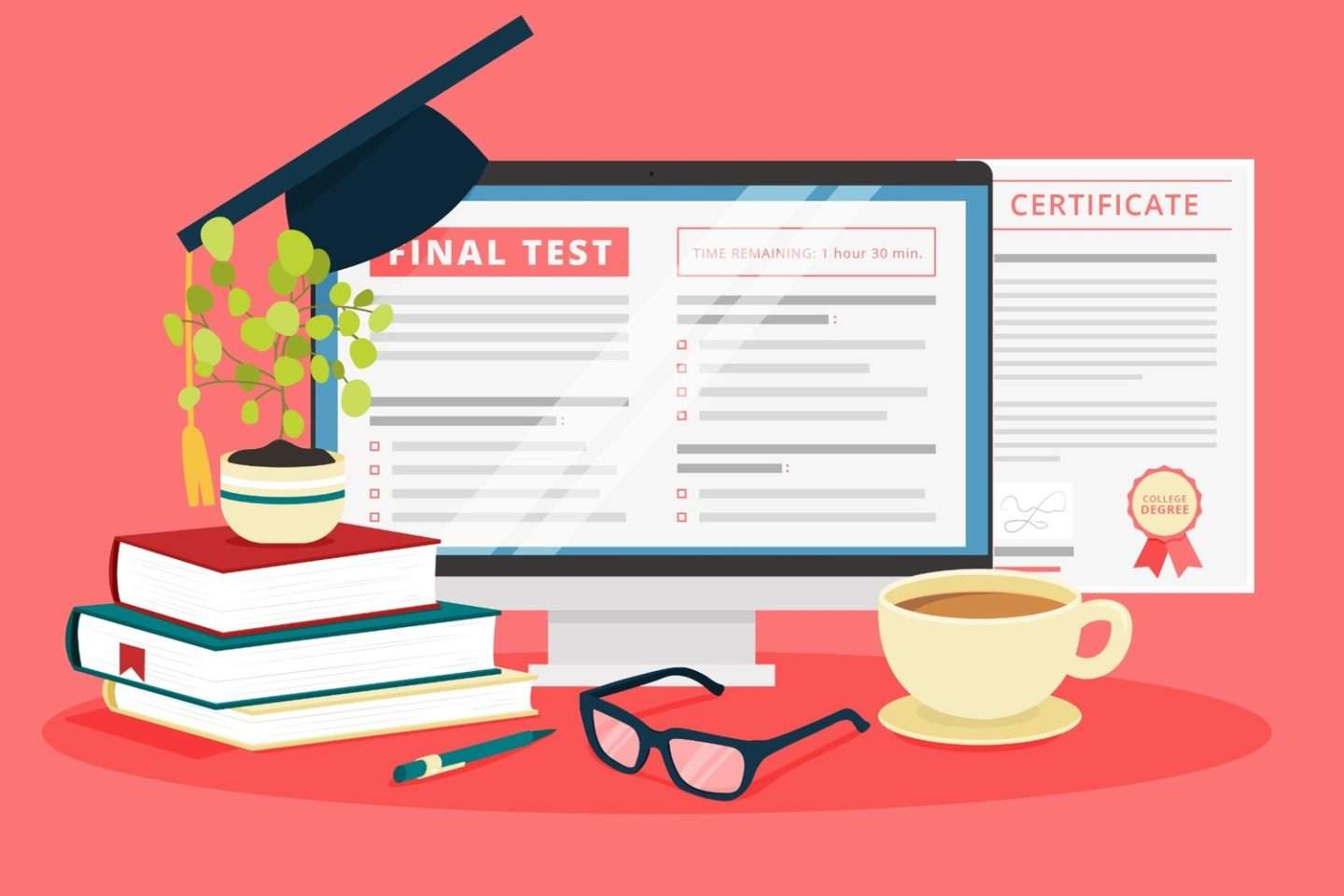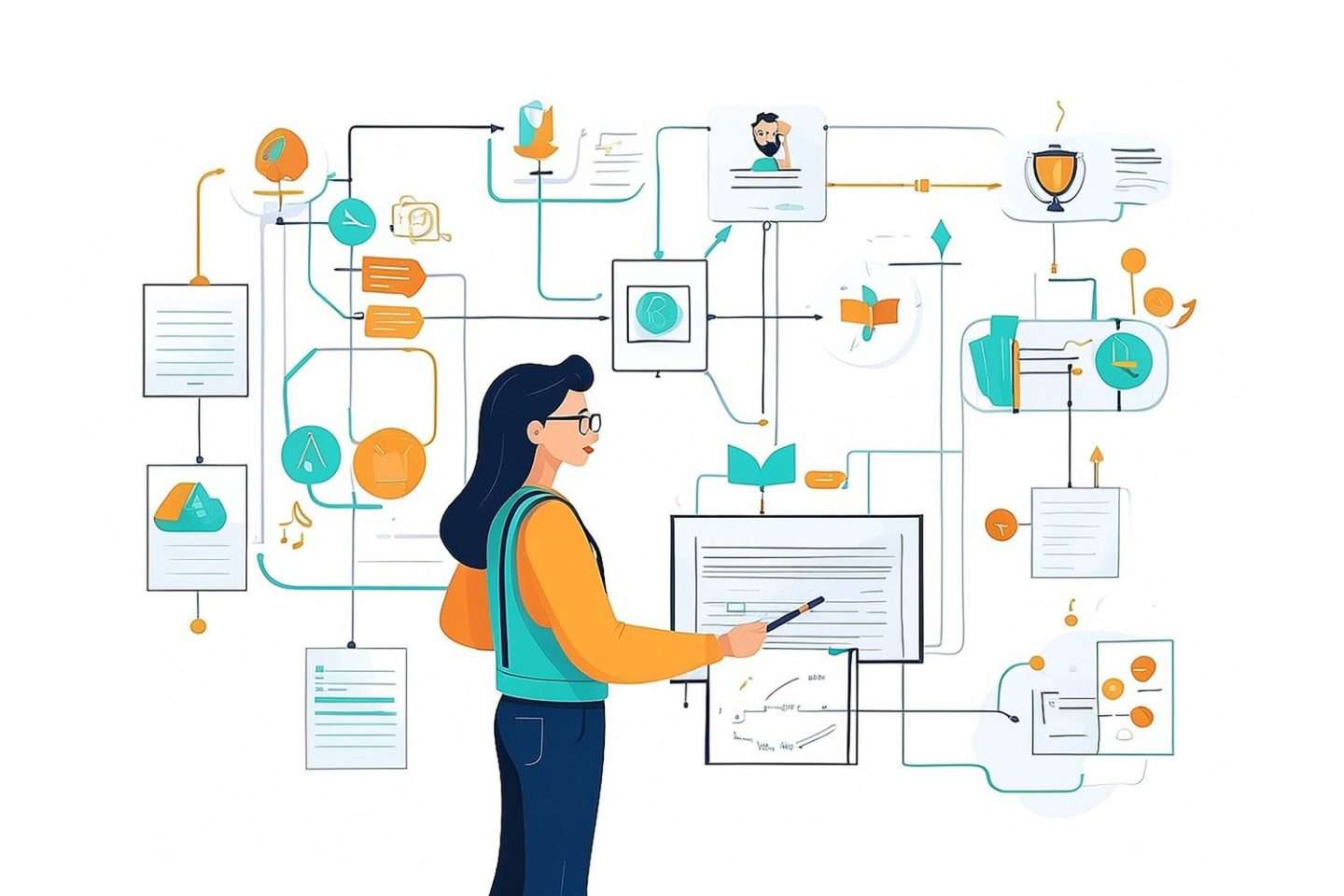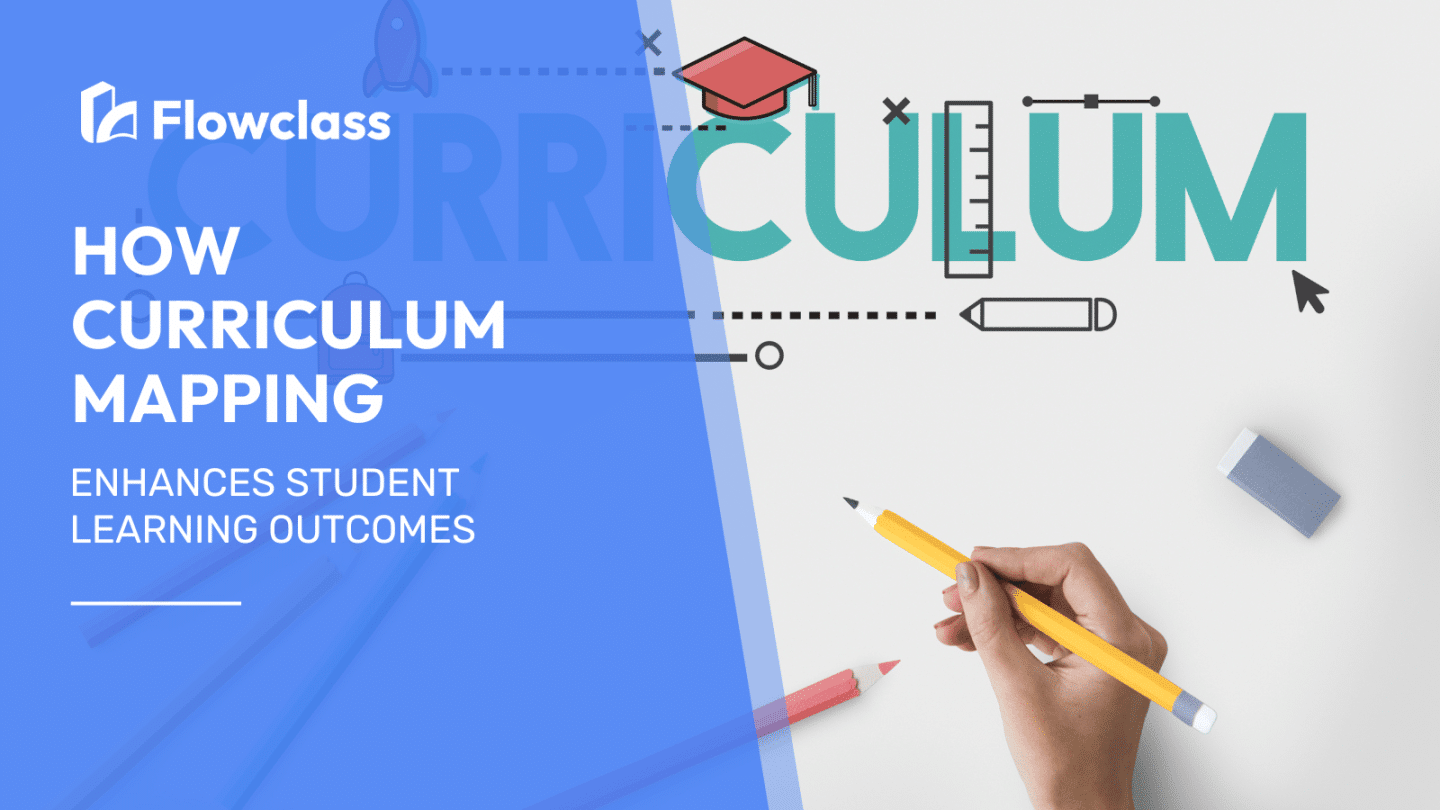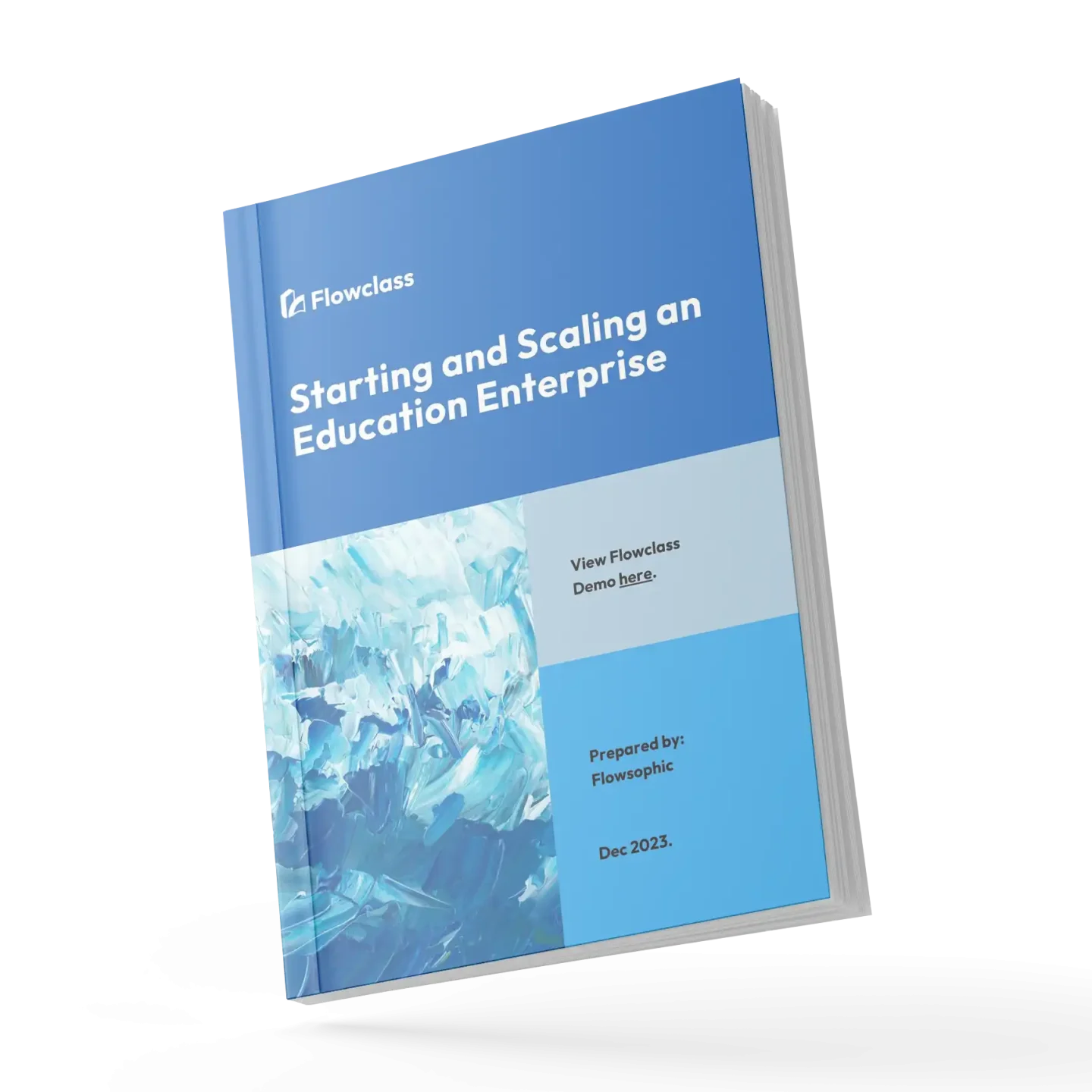Curriculum mapping is a powerful tool that can transform student learning outcomes. By aligning instructional goals, content, and assessments, educators can create a cohesive and purposeful learning experience. In this article, we will explore how curriculum mapping enhances student learning outcomes and why it is essential for educational success.
One of the key benefits of curriculum mapping is its ability to provide a clear roadmap for both teachers and students. By visualizing the entire curriculum, educators can identify any gaps or redundancies in their instruction, ensuring that each lesson builds upon previous knowledge and supports future learning. This targeted approach enhances student engagement and comprehension.
Furthermore, curriculum mapping allows educators to identify strengths and weaknesses in their teaching strategies. By analyzing student performance data, educators can make informed decisions about instructional methods, resources, and interventions. This proactive approach helps to address individual student needs and improve overall learning outcomes.
In summary, curriculum mapping is a valuable tool that empowers educators to design effective and meaningful learning experiences. By aligning instructional goals, content, and assessments, educators can enhance student engagement, comprehension, and overall learning outcomes.
Understanding student learning outcomes

Student learning outcomes are the specific knowledge, skills, and abilities that students are expected to acquire and demonstrate by the end of a course, program, or educational experience. These outcomes are essential for ensuring that the curriculum and instructional methods are aligned with the desired student achievements. By clearly defining and articulating student learning outcomes, educators can create a roadmap for student success, guiding their instructional planning and assessment strategies.
Understanding student learning outcomes is crucial for several reasons. First, it helps educators to design targeted and effective learning experiences that address the specific needs and abilities of their students. When learning outcomes are well-defined, educators can tailor their instruction, resources, and assessments to ensure that students are acquiring the necessary knowledge and skills. This, in turn, enhances student engagement, motivation, and overall learning outcomes.
Moreover, clearly defined student learning outcomes provide a framework for evaluating the effectiveness of the educational program. By assessing student performance against the stated outcomes, educators can identify areas of strength and weakness, allowing them to make informed decisions about curriculum revisions, instructional strategies, and resource allocation. This data-driven approach ensures that the educational experience is continuously improving and meeting the needs of the students.
The importance of aligning curriculum and learning outcomes
Aligning the curriculum with student learning outcomes is essential for ensuring that the educational experience is cohesive, purposeful, and effective. When the curriculum, instructional goals, and assessments are all aligned, students are able to build upon their knowledge and skills in a logical and meaningful way, ultimately leading to better learning outcomes.
One of the key benefits of aligning curriculum and learning outcomes is that it promotes a deeper understanding of the subject matter. By ensuring that each lesson or unit is directly connected to the desired learning outcomes, students are able to see the relevance and significance of the content they are studying. This, in turn, enhances their engagement, motivation, and overall comprehension of the material.
Furthermore, aligning curriculum and learning outcomes helps to identify any gaps or redundancies in the instructional program. By mapping the curriculum against the desired outcomes, educators can pinpoint areas where the content is not adequately covered or where there is unnecessary repetition. This information can then be used to refine the curriculum, ensuring that it is streamlined and focused on the most essential knowledge and skills.
Benefits of curriculum planning for student learning outcomes
Curriculum mapping is a powerful tool that can significantly enhance student learning outcomes. By providing a comprehensive visual representation of the curriculum, curriculum mapping allows educators to identify the alignment between instructional goals, content, and assessments. This, in turn, enables them to create a more coherent and purposeful learning experience for their students.
One of the primary benefits of curriculum mapping is its ability to promote vertical and horizontal alignment within the educational program. Vertical alignment ensures that the curriculum builds upon previous knowledge and skills, while horizontal alignment ensures that the content across different subject areas is complementary and reinforcing. This seamless integration of the curriculum helps students to make connections, transfer their learning, and develop a deeper understanding of the subject matter.
Moreover, curriculum mapping facilitates the identification of gaps and redundancies in the curriculum. By analyzing the alignment between learning outcomes, instructional content, and assessments, educators can pinpoint areas where the curriculum is not adequately addressing the desired outcomes or where there is unnecessary repetition. This information can then be used to make informed decisions about curriculum revisions, resource allocation, and instructional strategies, ultimately leading to improved student learning outcomes.
Steps to implement curriculum mapping effectively

Implementing curriculum mapping effectively requires a systematic and collaborative approach. Here are the key steps to ensure a successful implementation:
- Establish a curriculum mapping team: Assemble a diverse team of educators, including teachers, administrators, and curriculum specialists, to lead the curriculum mapping process. This team should be responsible for defining the scope and goals of the mapping initiative, as well as coordinating the implementation efforts.
- Develop a shared understanding of student learning outcomes: The curriculum planning team should work together to clearly define the desired student learning outcomes for each grade level, subject area, or program. This step is essential for ensuring that the curriculum is aligned with the intended goals.
- Gather and analyze existing curriculum data: Collect and review all relevant curriculum materials, including lesson plans, unit plans, assessments, and instructional resources. This information will serve as the foundation for the curriculum mapping process.
- Create the curriculum map: Using the gathered data, the curriculum planning team should create a visual representation of the curriculum, including the alignment between learning outcomes, instructional content, and assessments. This can be done using a variety of tools, such as spreadsheets, mind maps, or dedicated curriculum mapping software.
- Identify gaps and redundancies: Analyze the curriculum map to identify any gaps or redundancies in the instructional program. This information can then be used to make informed decisions about curriculum revisions, resource allocation, and instructional strategies.
- Engage in ongoing review and refinement: Curriculum mapping is an ongoing process, and the curriculum map should be regularly reviewed and refined to ensure that it remains aligned with the evolving needs and expectations of students, educators, and the broader educational community.
By following these steps, educators can effectively implement curriculum mapping and leverage its benefits to enhance student learning outcomes.
Tools and resources for curriculum planning

Implementing curriculum mapping can be a complex and time-consuming process, but there are a variety of tools and resources available to support educators in this endeavor. These tools can help streamline the mapping process, facilitate collaboration, and provide valuable insights into the alignment of the curriculum.
One of the most popular tools for curriculum planning is dedicated software, such as Rubicon Atlas, Curriculum Trak, or Eduplanet21. These software solutions offer a range of features, including the ability to create and customize curriculum maps, track student performance data, and generate reports. Many of these tools also offer professional development resources and support to help educators effectively implement and utilize the software.
In addition to dedicated software, there are also a variety of online resources and templates that can be used for curriculum mapping. These include spreadsheet templates, mind mapping tools, and even free, web-based curriculum planning platforms. These resources can be particularly useful for educators who are just starting to explore curriculum mapping or who have limited access to dedicated software.
Finally, many educational organizations and professional associations offer curriculum mapping resources, including workshops, webinars, and publications. These resources can provide valuable insights into best practices, case studies, and strategies for implementing curriculum planning effectively. By leveraging these tools and resources, educators can streamline the curriculum mapping process and maximize its impact on student learning outcomes.
Case studies: Successful implementation of curriculum mapping
Curriculum mapping has been successfully implemented in a variety of educational settings, from K-12 schools to higher education institutions. These case studies provide valuable insights into the potential benefits of curriculum mapping and the strategies that can be used to ensure its effective implementation.
One example is the implementation of curriculum mapping at a large, urban school district in the United States. The district recognized the need to align its curriculum and instructional practices to better support student learning outcomes. By engaging in a collaborative curriculum mapping process, the district was able to identify gaps and redundancies in the curriculum, as well as areas where instructional practices were not aligned with the desired learning outcomes. This information was then used to revise the curriculum, develop targeted professional development for teachers, and implement more effective assessment strategies. As a result, the district saw significant improvements in student achievement, particularly among its most vulnerable student populations.
Another case study comes from a small, private liberal arts college that implemented curriculum mapping to enhance its general education program. The college recognized that its general education curriculum lacked coherence and intentionality, and that students were struggling to make connections between their coursework and the desired learning outcomes. By engaging in a comprehensive curriculum mapping process, the college was able to redesign its general education program, ensuring that each course and learning experience was aligned with the institution’s overarching educational goals. This, in turn, led to increased student engagement, improved academic performance, and stronger connections between the general education program and the institution’s broader mission.
These case studies demonstrate the transformative potential of curriculum mapping when implemented effectively and with a clear focus on enhancing student learning outcomes. By aligning instructional goals, content, and assessments, educators can create a more cohesive and purposeful learning experience that empowers students to achieve their full potential.
Challenges and solutions in curriculum mapping
While curriculum mapping can be a powerful tool for enhancing student learning outcomes, it is not without its challenges. Educators who are implementing curriculum mapping may face a variety of obstacles, from resistance to change to a lack of resources and support.
One of the primary challenges in curriculum mapping is the time and effort required to create and maintain the curriculum maps. Developing a comprehensive curriculum map can be a complex and time-consuming process, particularly in larger educational institutions with multiple grade levels, subject areas, and instructional programs. To address this challenge, educators can leverage technology-based tools and resources, such as dedicated curriculum mapping software and collaborative online platforms, to streamline the planning process and facilitate ongoing maintenance and updates.
Another challenge is the potential resistance to change that may arise from educators who are accustomed to traditional instructional practices. Curriculum mapping may require significant shifts in teaching methods, assessment strategies, and resource allocation, which can be met with skepticism or even opposition. To overcome this challenge, educational leaders can engage in robust communication and professional development initiatives, highlighting the benefits of curriculum mapping and providing the necessary support and training to help educators adapt to the new approach.
Finally, a lack of resources and support can also hinder the effective implementation of curriculum mapping. Educators may face constraints in terms of funding, staffing, or access to relevant data and technology. To address these challenges, educational institutions can seek out external funding sources, such as grants and partnerships, to support their curriculum planning initiatives.
Additionally, they can leverage collaborative networks and professional learning communities to share best practices, resources, and strategies for successful curriculum mapping implementation.
By anticipating and addressing these challenges, educators can ensure that their curriculum mapping efforts are effective, sustainable, and aligned with the ultimate goal of enhancing student learning outcomes.
Evaluating the impact of curriculum mapping on student learning outcomes
Evaluating the impact of curriculum mapping on student learning outcomes is a critical step in ensuring the effectiveness of this approach. By systematically assessing the outcomes of curriculum mapping, educators can make informed decisions about the continued refinement and improvement of their instructional programs.
One of the key ways to evaluate the impact of curriculum mapping is through the analysis of student performance data. By comparing student achievement before and after the implementation of curriculum mapping, educators can determine whether the alignment of instructional goals, content, and assessments has led to measurable improvements in student learning. This data can be gathered through a variety of assessment methods, including standardized tests, classroom-based assessments, and performance-based tasks.
In addition to student performance data, educators can also gather feedback from students, parents, and other stakeholders to gain a more holistic understanding of the impact of curriculum mapping. This feedback can provide valuable insights into the student experience, the level of engagement and motivation, and the perceived relevance and effectiveness of the instructional program. Surveys, focus groups, and interviews can be used to collect this qualitative data, which can then be used to complement the quantitative performance metrics.
Furthermore, educators can evaluate the impact of curriculum planning on the overall effectiveness of the educational program. By analyzing factors such as course completion rates, graduation rates, and college or career readiness, educators can determine whether the alignment of the curriculum has led to broader improvements in student outcomes. This information can then be used to inform the ongoing refinement and optimization of the curriculum planning process.
By systematically evaluating the impact of curriculum mapping, educators can ensure that their efforts are having the desired effect on student learning outcomes. This data-driven approach not only supports the continuous improvement of the educational program but also provides valuable insights that can be shared with the broader educational community.
Conclusion: Maximizing student success through curriculum planning
In conclusion, curriculum mapping is a powerful tool that can significantly enhance student learning outcomes. By aligning instructional goals, content, and assessments, educators can create a cohesive and purposeful learning experience that empowers students to achieve their full potential.
Through the implementation of curriculum mapping, educators can identify and address gaps and redundancies in the curriculum, ensure vertical and horizontal alignment, and tailor their instructional strategies to better meet the needs of their students. This data-driven approach not only improves student engagement and comprehension but also supports the ongoing refinement and optimization of the educational program.
Moreover, curriculum mapping fosters collaboration and shared understanding among educators, administrators, and other stakeholders. By working together to define and achieve desired learning outcomes, the educational community can create a more integrated and effective learning environment that prepares students for success in the 21st century.
As we continue to navigate the evolving landscape of education, curriculum mapping will become an increasingly essential tool for enhancing student learning outcomes. By embracing this approach and leveraging the available tools and resources, educators can unlock the full potential of their students and prepare them for a future filled with limitless opportunities.
📣 Want more teaching tips to better prepare for your teaching journey? Visit our blog page!


